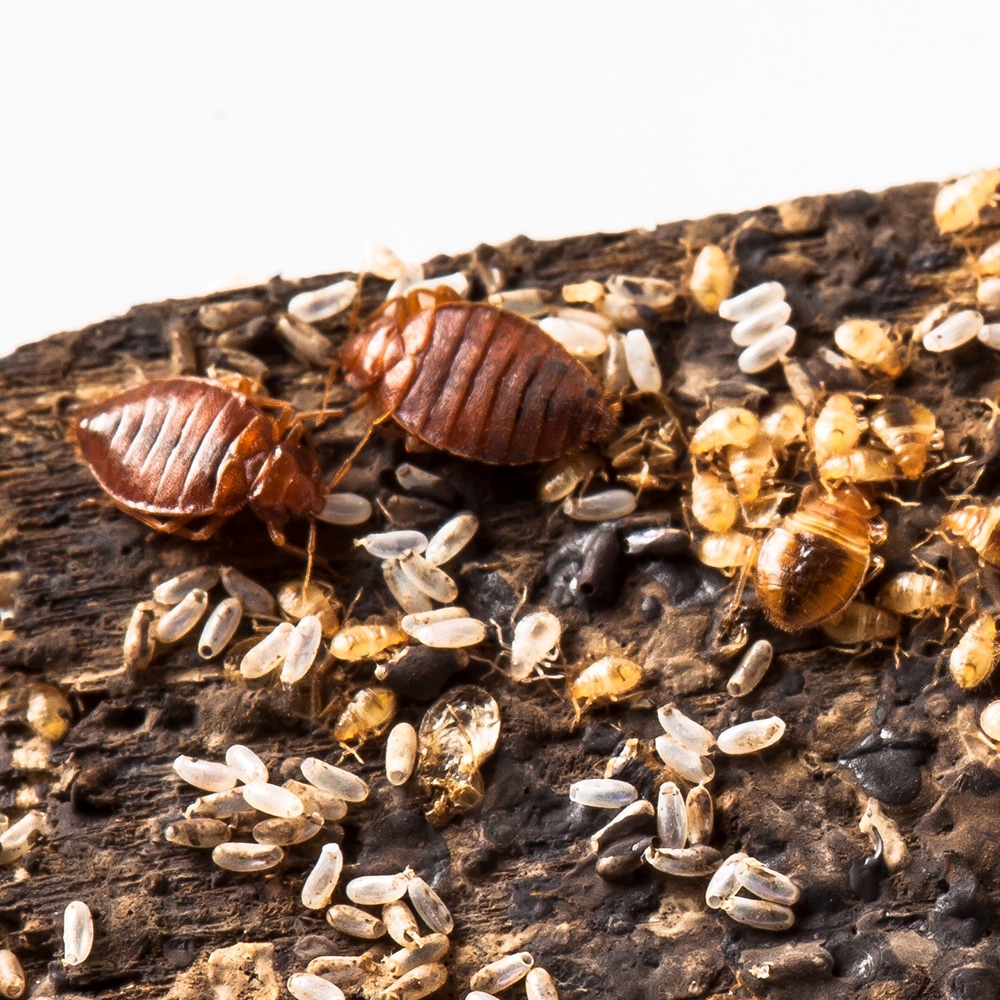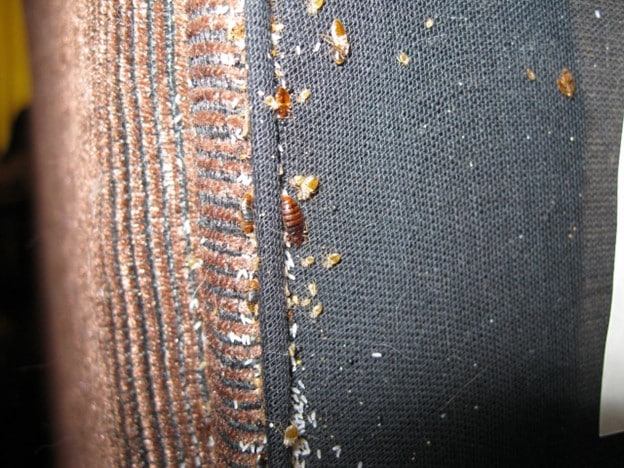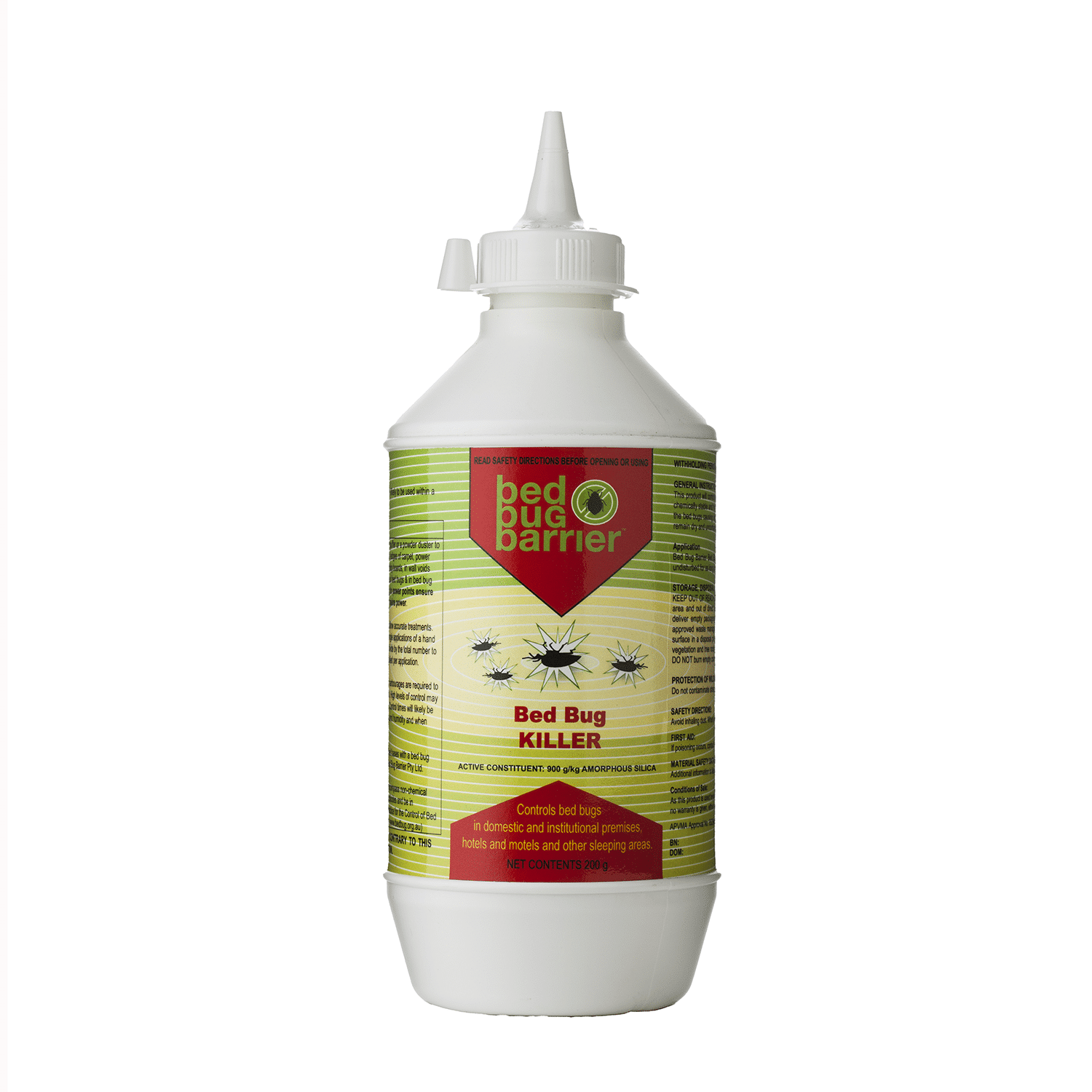
In the article
Last Updated on 03/06/2025 by Tony Abrahams
Ever wondered what a bed bug nest looks like? It’s not as obvious as a wasp’s nest, but trust me, the signs are there if you know where to look. Here’s everything you need to know to spot, prevent, and treat a bed bug nest.
Identifying a Bed Bug Nest

Bed Bug Nest
So, what does a bed bug nest look like? It’s not some massive hive – more like a hidden crime scene.
Here’s what to watch out for:
- Clusters of eggs – Tiny, white, and oval-shaped. Think sesame seeds but smaller.
- Shed skins – Bed bugs shed their exoskeletons as they grow. If you see translucent, crusty bits, that’s a red flag.
- Fecal stains – Small black dots, like someone flicked a pen around. These are bed bug droppings.
- Live bugs – They’re flat, reddish-brown, and about the size of an apple seed. If you see one, there’s probably more.
- Sweet, musty smell – A dead giveaway for a heavy infestation.
Pro Tip:
Check the crevices and cracks. Bed bugs love tight, dark spaces where they can stay hidden.
Where Bed Bug Nests Hide
Bed bug nests can be sneaky. They’re pros at finding places you’d never think to check.
Common Hiding Spots:
- Mattresses and box springs – Especially around seams and tags.
- Bed frames and headboards – Look behind and underneath.
- Furniture joints – Sofas, chairs, and nightstands are fair game.
- Baseboards and carpet edges – Tiny cracks make perfect hiding spots.
- Electrical outlets – Yep, they’ll crawl into your walls if they can.
Lesser-Known Hiding Spots:
- Curtains and drapes – Bed bugs often hide in the folds of fabric.
- Picture frames and wall hangings – They can squeeze into tight spaces behind decorations.
- Luggage and backpacks – Especially after travelling.
Keep in mind, bed bugs don’t just stay near beds. If the infestation grows, they’ll spread to other rooms, looking for new hiding spots.
Signs of a Bed Bug Infestation

Bed Bug Nest on Mattress
Not sure if it’s bed bugs? Here’s how to confirm:
- Unexplained bites – Especially in clusters or straight lines.
- Blood stains – Tiny smears on your sheets from crushed bugs.
- Fecal spots – Those tiny black dots we mentioned earlier.
- Eggs and shells – Around your mattress, bed frame, or nearby furniture.
- Live bugs – The ultimate proof.
Additional Clues:
- Noise sensitivity – Bed bugs may scatter when you move furniture or disturb their hiding spots.
- Activity at night – They’re nocturnal and more active when you’re asleep.
Bed bug nests might not be obvious, but these signs will help you piece it together.
How to Prevent and Treat Bed Bug Nests

Bed Bug Killer Work For Years To Stop Bed Bugs
Don’t wait for a full-blown infestation. The sooner you act, the easier it is to stop bed bugs in their tracks.
Prevention Tips:
- Inspect second-hand furniture – Bed bugs hide in cracks and fabric.
- Use protective mattress covers – These keep bugs out and make spotting them easier.
- Install bed bug traps – Place traps under your bed legs to stop them from climbing up.
- Keep your bed isolated – Move it away from walls and furniture.
- Dust with diatomaceous earth – This powder kills bed bugs by drying them out.
Travel-Specific Prevention:
- Inspect hotel rooms – Check mattresses and headboards before unpacking.
- Keep luggage elevated – Use luggage racks instead of the floor.
- Wash clothes immediately – After travel, wash and dry clothing on high heat.
DIY Treatment:
The Bed Bug Barrier Isolation System is your go-to. It’s organic, safe, and designed for instant and long-term protection. Here’s what makes it different:
- Kills bed bugs instantly with steam.
- Provides long-lasting defence with diatomaceous earth (Bed Bug Powder)
- Traps bed bugs before they reach your bed.
And the best part? You can sleep in your bed the same night.
Why Do Bed Bugs Nest?
Bed bugs don’t build nests out of luxury. They’re all about survival and staying close to their food source – you.
What Their Nests Tell You:
- Eggs = Early infestation – You’ve caught them before things get out of control.
- Live bugs and skins = Established infestation – Time to act fast.
- Heavy smells = Long-term problem – You’ll need a thorough treatment.
Behaviour Insights:
- Bed bugs prefer dark and undisturbed areas.
- They’re resilient and can survive months without feeding.
- Understanding their habits helps you fight back smarter.
Final Thoughts
If you’ve been asking, “What does a bed bug nest look like?” now you know. Spotting the signs early is the first step to taking control.
Don’t let bed bugs take over your home. With the right tools and a bit of persistence, you can kick them out for good.
Start with the Bed Bug Barrier Isolation System for instant and long-term protection. Because peace of mind starts with a good night’s sleep.
Frequently Asked Questions
- Can You Smell a Bed Bug Nest?
Yes, you can sometimes smell a bed bug nest, especially in cases of severe infestations. Bed bug nests often emit a sweet, musty odour that some people describe as similar to the smell of coriander or rotting fruit. This scent is caused by the pheromones bed bugs use to communicate. However, in smaller infestations, the smell might not be noticeable. - Where Do Bed Bugs Prefer to Nest?
Bed bugs prefer to nest as close as possible to their food source, which is typically humans. They look for small, dark, and undisturbed spaces where they can hide during the day and feed at night. Common nesting spots include mattress seams and tags, box springs, bed frames, headboards, and nearby furniture. They can also hide in baseboards, carpet edges, cracks in flooring, and behind picture frames, light switches, and electrical outlets. In larger infestations, they may spread to curtains, soft furnishings, and even electronics. - Do Bed Bug Nests Always Have Eggs?
No, bed bug nests do not always have eggs, as it depends on the stage of the infestation. In the early stages, a nest might not contain eggs because it takes time for adult females to start laying them. In established infestations, nests almost always contain eggs, as female bed bugs lay five to seven eggs per day. These eggs are small, white, and sticky, making them harder to spot. Even without eggs, a bed bug nest will usually have shed skins, fecal stains, and live bugs, indicating activity.
Are You Looking for an Organic DIY Treatment?



Leave a Reply